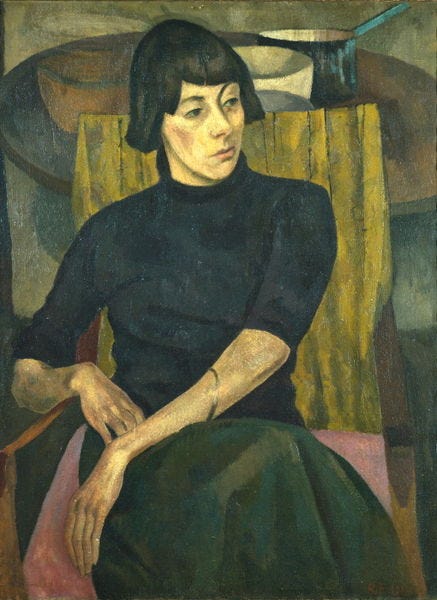READING THE memoirs of the Welsh artist Nina Hamnett, I relate so profoundly to the way she viewed the world that it is a little strange, because we have, on the surface, very little in common. However, like me, she was Welsh, female, and apparently found it almost impossible to nod along with any system or idea that made no sense to her. This leads me to the conclusion that the essence of our humanity transcends time, circumstance and class, and it is possible to experience a strong affinity with people of any era. Our voices may echo for generations, if only we can find a way to make them heard.
Laughing Torso - Reminiscences of Nina Hamnett is one of the most absorbing autobiographical works I have encountered. At first I found the title weird and disjointed, but now I consider it apposite. Laughing hints at the irresistible gaiety in the way in which Hamnett expressed herself. Torso refers to the sculpture of her headless, limbless body made by her friend and collaborator, the French artist Henri Gaudier-Brzeska in 1914, which is now owned by the Tate Gallery.1 One theory concerning the belated recognition afforded her as an artist in her own right is that her desire for attention caused her to neglect her talent: being a muse to others was a less arduous way of being noticed. Perhaps that’s why Torso figured in the title - the fame it brought her meant as much to her as her own work. Or was it because of her intense relationship with the immensely talented Gaudier-Brzeska, who died whilst fighting in the trenches during the First World War?
Keep reading with a 7-day free trial
Subscribe to The Dialectic to keep reading this post and get 7 days of free access to the full post archives.




